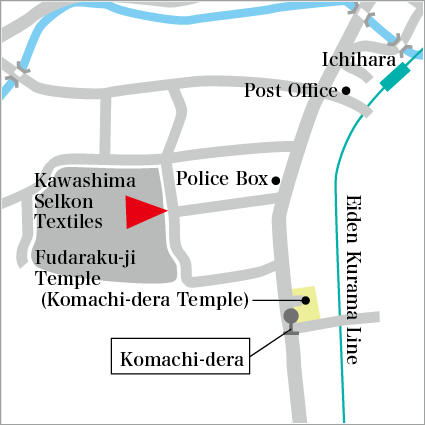Kawashima Textile Museum
- Highlight
- Items that define the attitude of Kawashima Selkon Textile to the task of creating greet visitors in the entrance hall
A tour that brings textiles to life
This museum belongs to Kawashima Selkon Textiles, a company founded in 1843 and renowned for fabulous textile art works that adorn the interiors of historical buildings both in Japan and overseas. The second head of the family business, Jimbei Kawashima, founded the forerunner of this collection in 1889, when he built an industrial museum (the first of its kind in Japan) to cater to the company’s textile R&D needs, which enabled the company to amass an historically valuable body of textile data and materials that was displayed along with new designs.
The collection now extends to 160,000 pieces – notably, including dyed textiles (such as ceremonial gowns and clothing in all sorts of fabrics) as well as a diverse range of test fabrics and conceptual sketches (copies, originals and roughs) used by interior designers to create interior décor. Pieces from this vast, eclectic collection are mainly related to textiles produced from Meiji Era.
Exhibits are displayed such as tsuzure tapestry, interior decorative textile and materials exhibited to expos around the world, rotated whenever necessary.
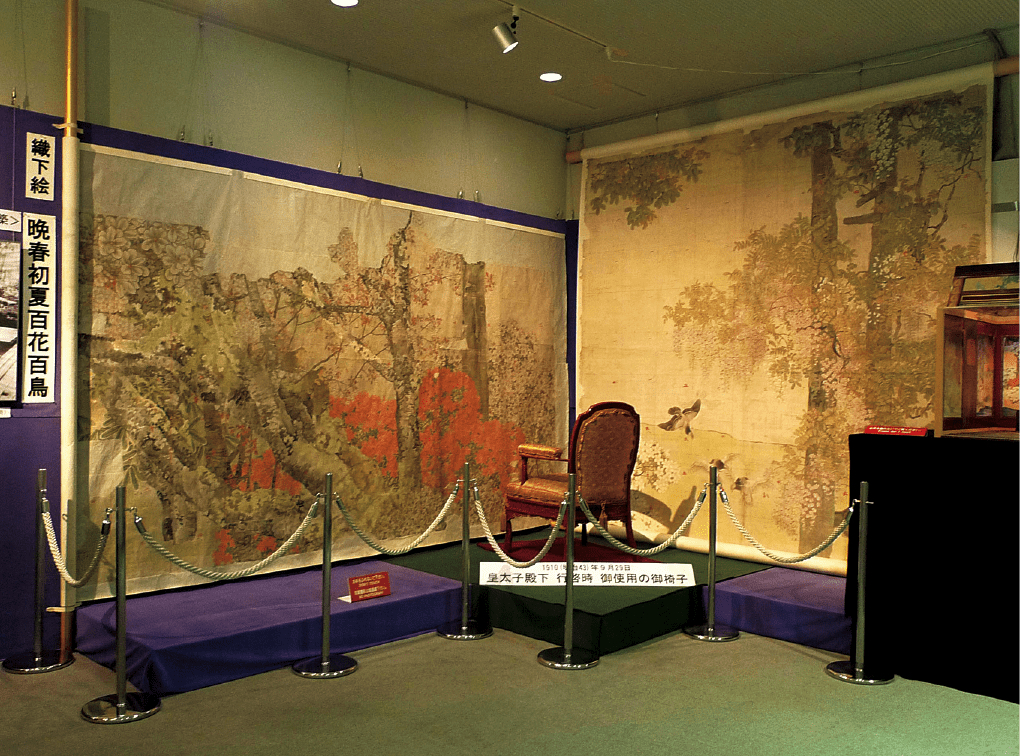
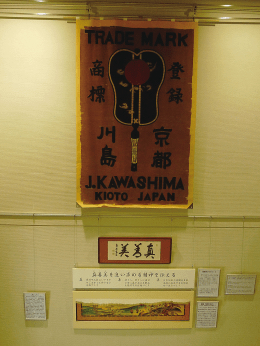
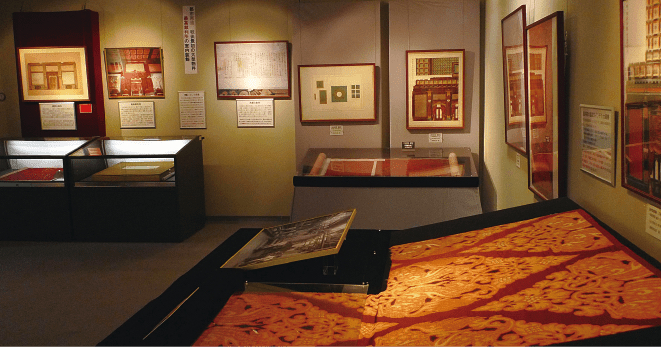
What was the trade name used when the company was established by the founder and first family head Jinbei Kawashima?
| Address | Inside Kawashima Selkon Co., Ltd. 265 Shizuichi Ichihara-cho, Sakyo-ku |
|---|---|
| TEL | 075-741-4120 |
| FAX | None |
| URL | http://www.kawashimaselkon.co.jp/bunkakan |
| Hours | 10:00~16:30 (entry by 16:00) |
| Closed | Sat, Sun, Nat Hols, Company Hols |
| Adm | Free (Reservation required from homepage) |
| Access | A 7-min walk from Eiden Kurama Line Ichihara Stn/A 5-min walk from Komachi-dera Stop of Kyoto Bus |
| Parking | Available (Free) |
Facilities near by
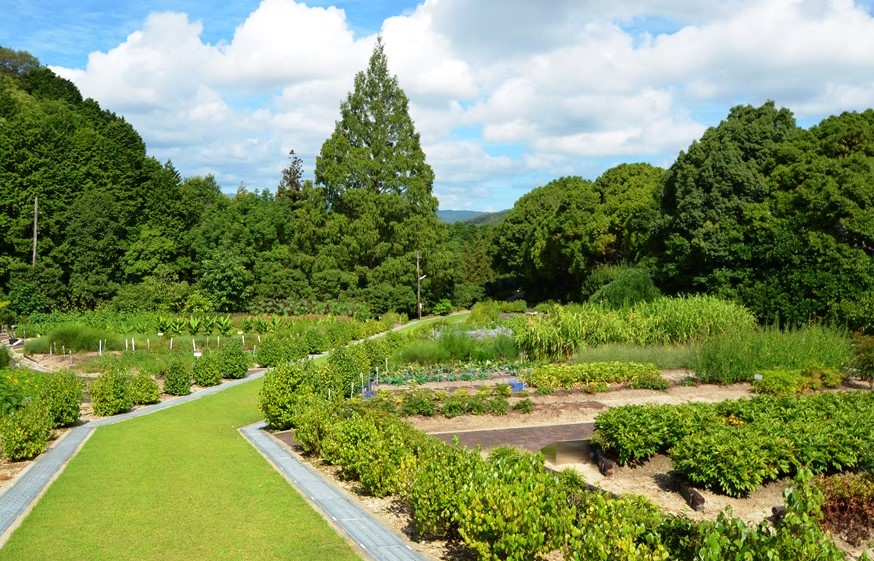
Takeda Pharmaceutical Company Limited Takeda Garden for Medicinal Plant Conservation, Kyoto
Conserving biodiversity and the inheritance of cultivation techniques
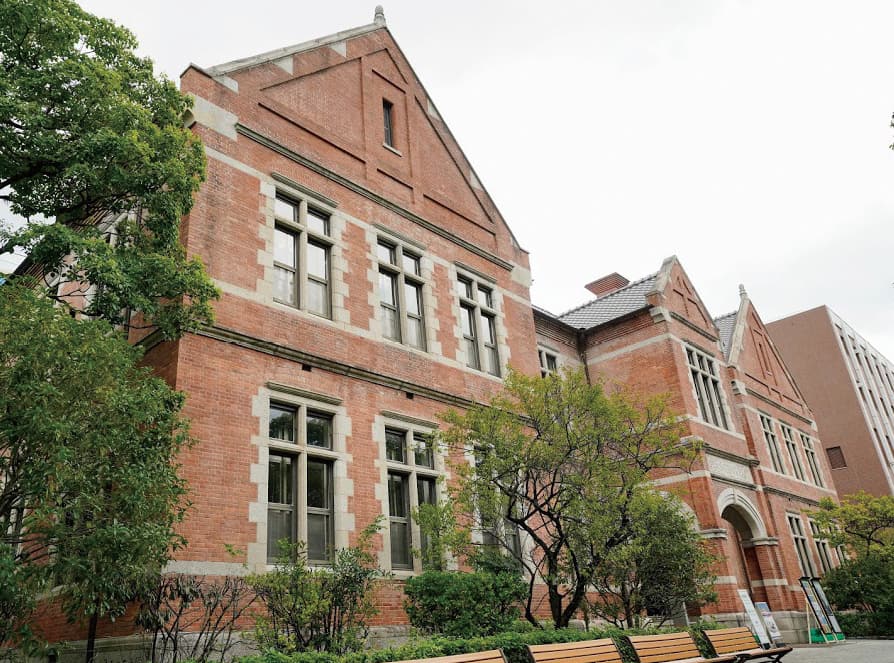
Harris Science Hall Doshisha Gallery
Learn about Doshisha
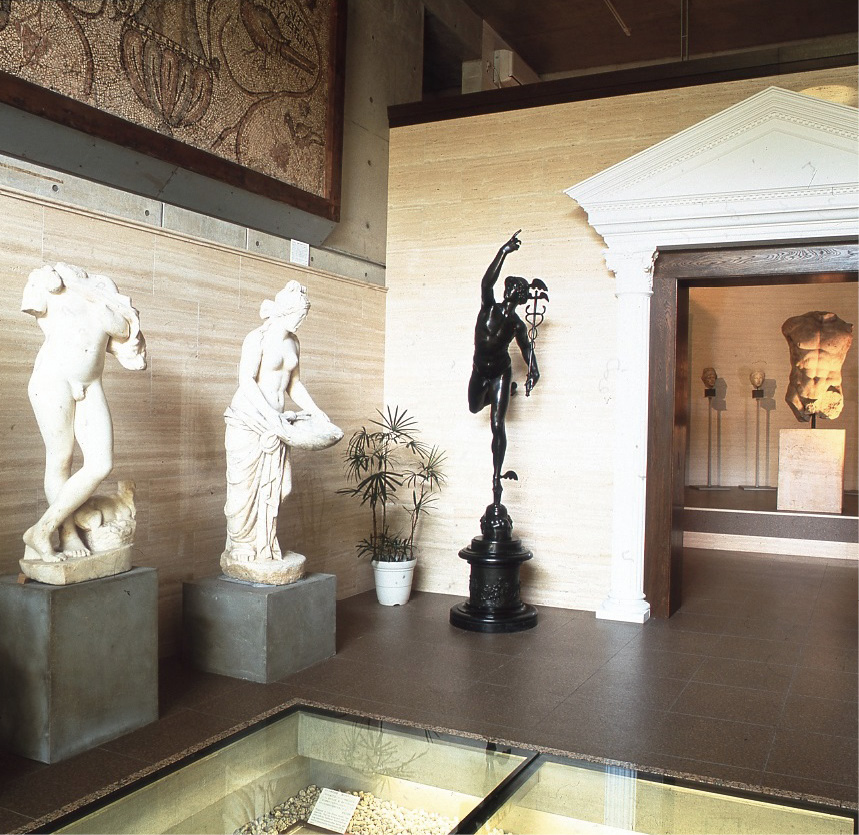
The Greek Roman Museum
Evoking thoughts of ancient peoples
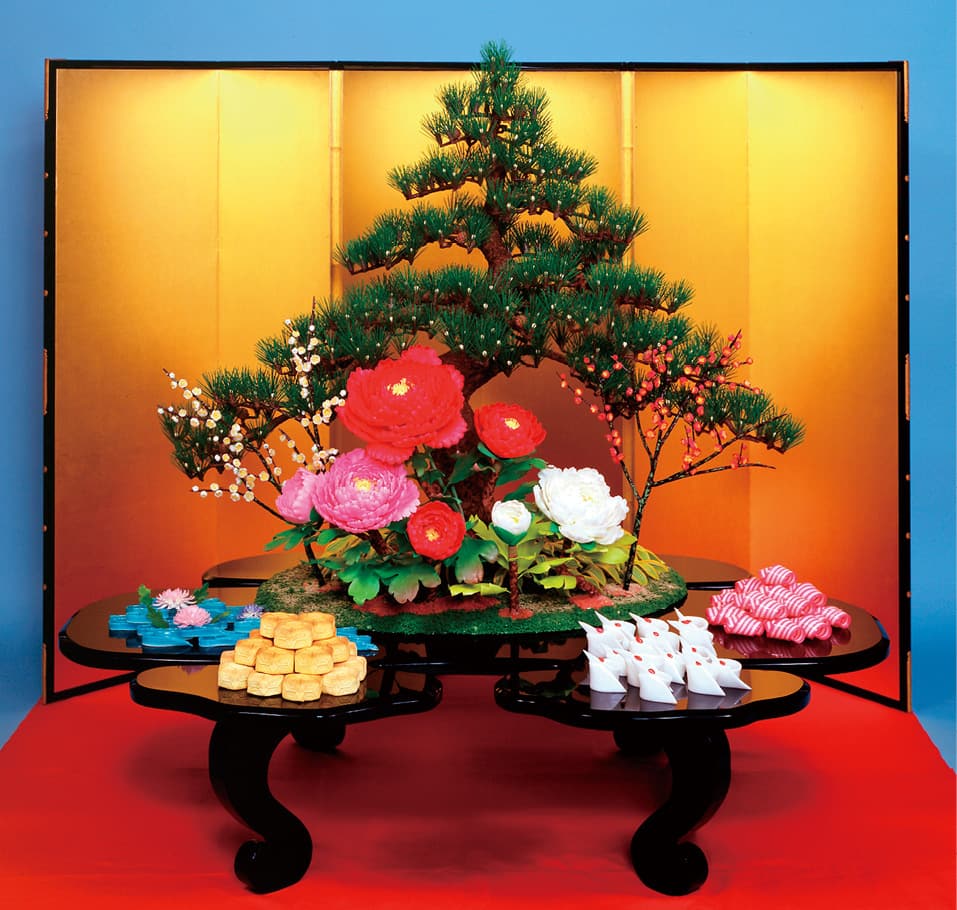
Kyoto Confectionary Museum
Delve into the delightful world of classic confectionaries

